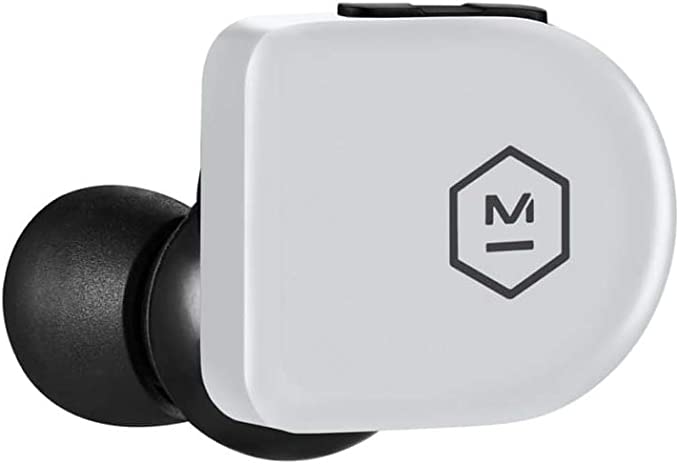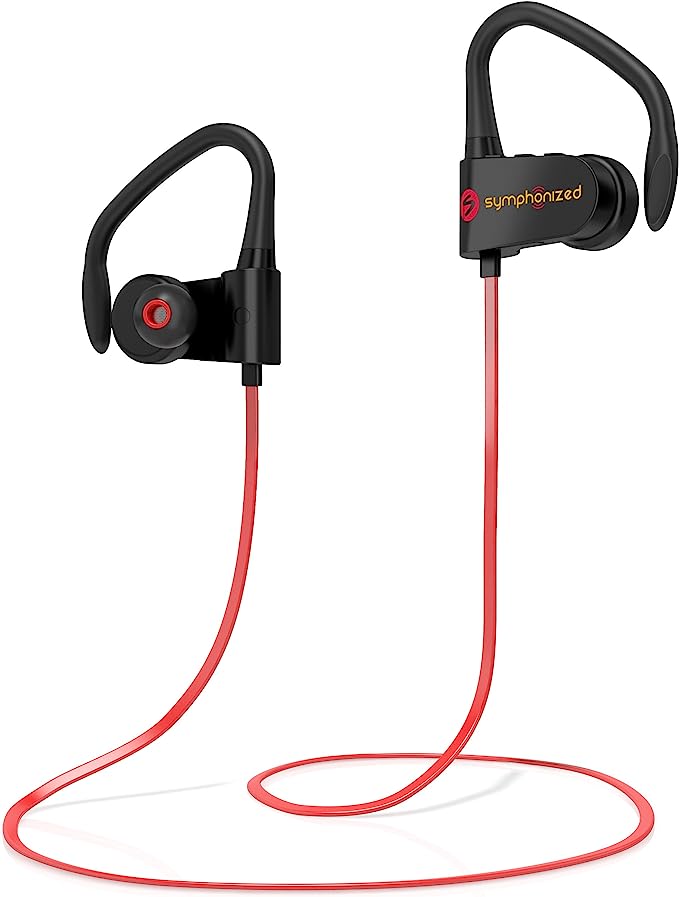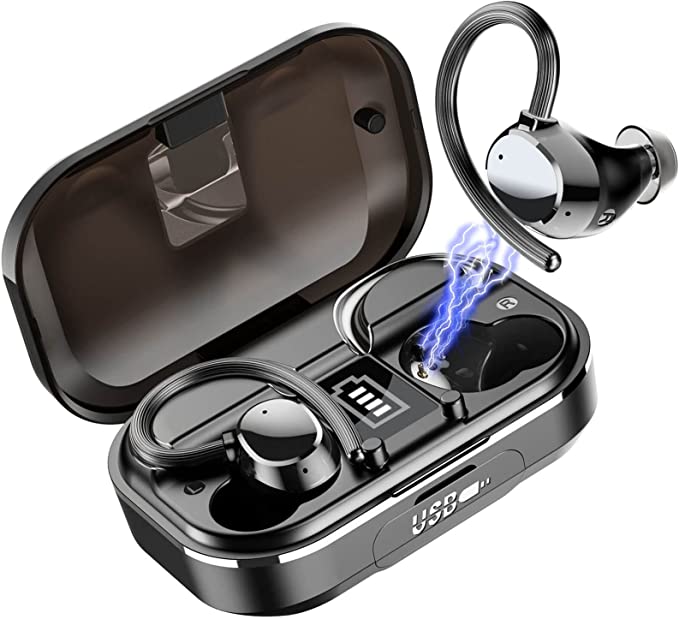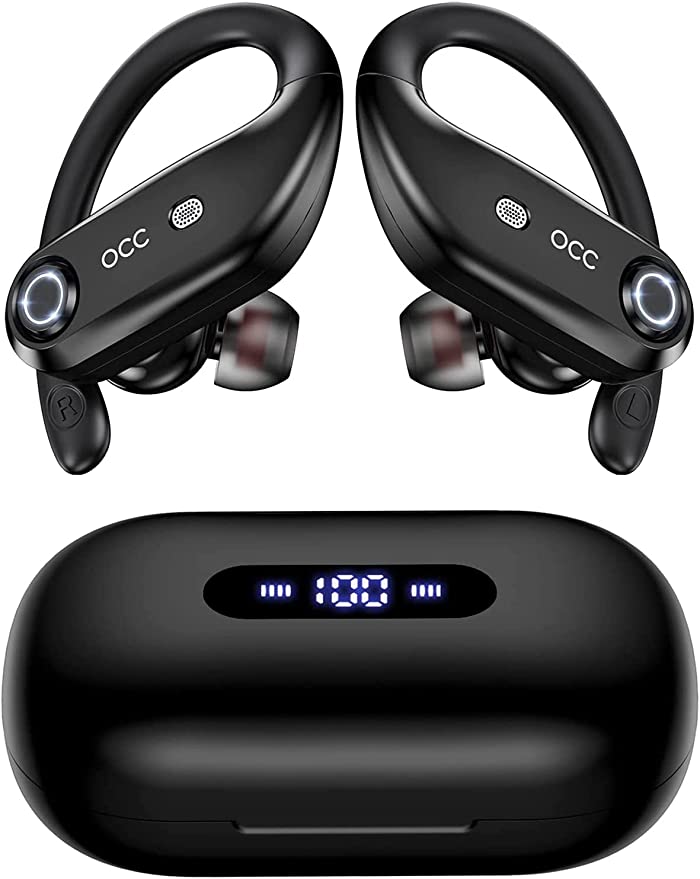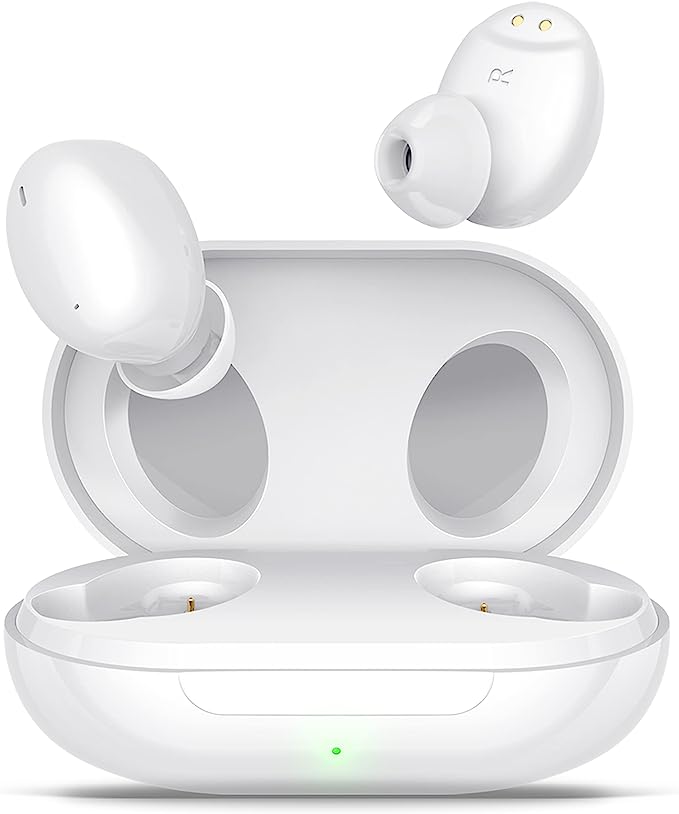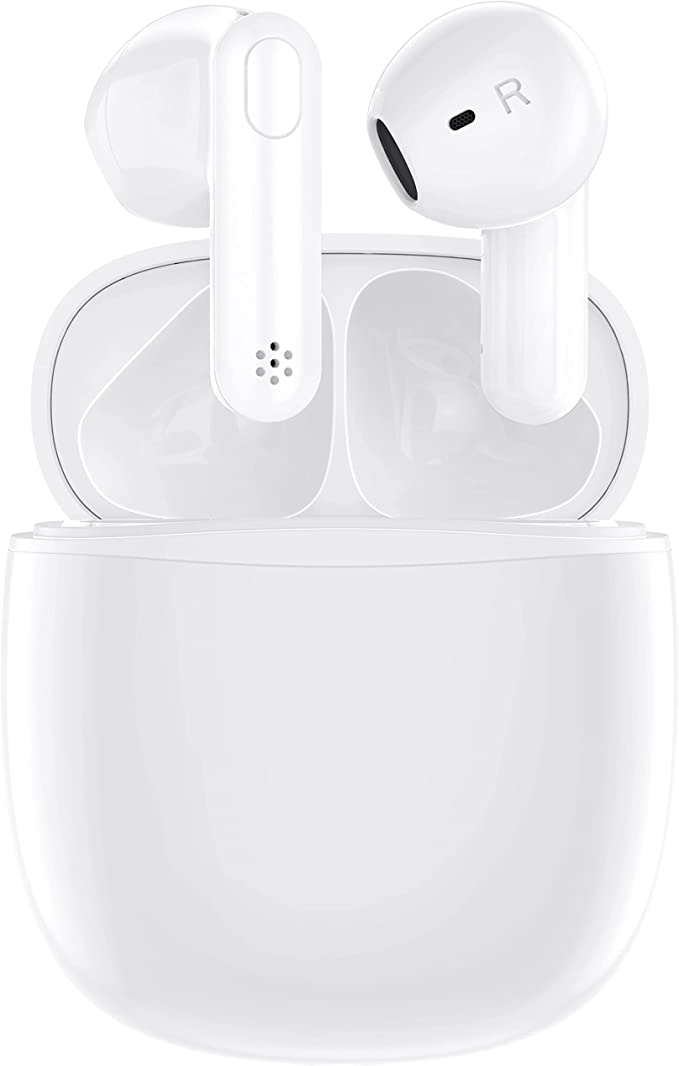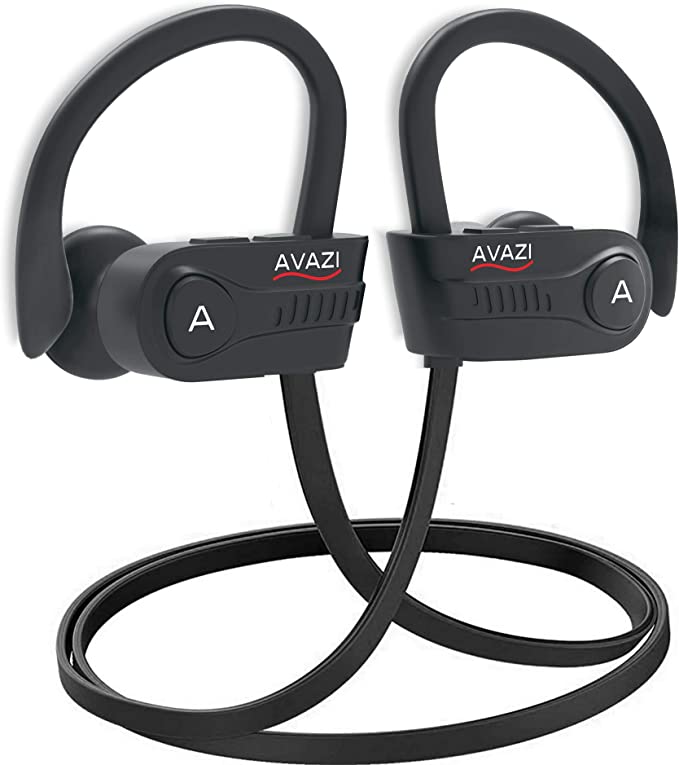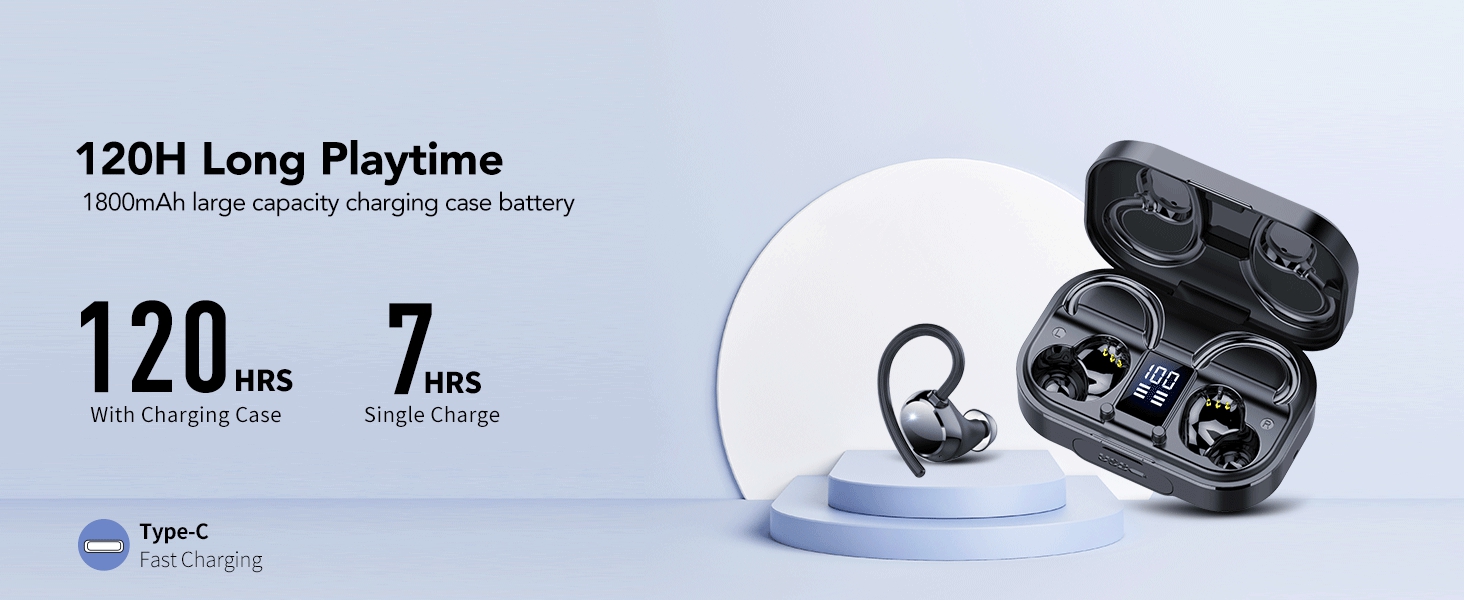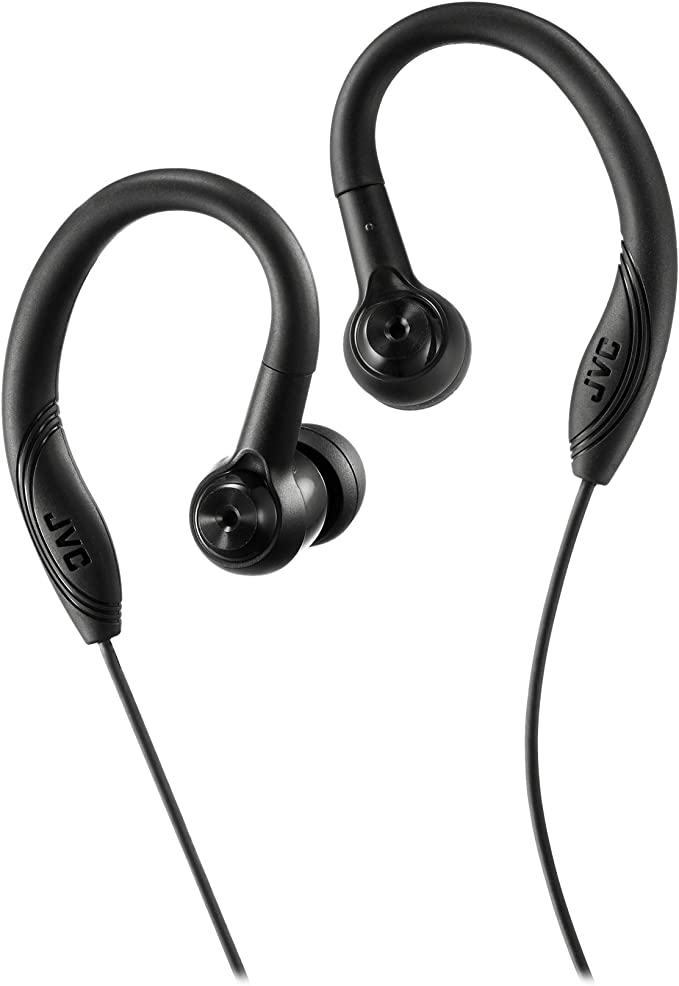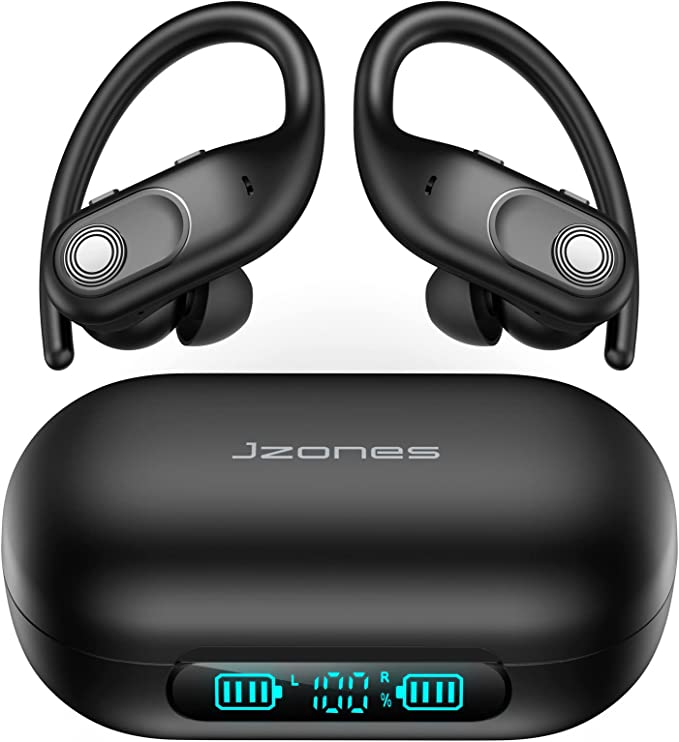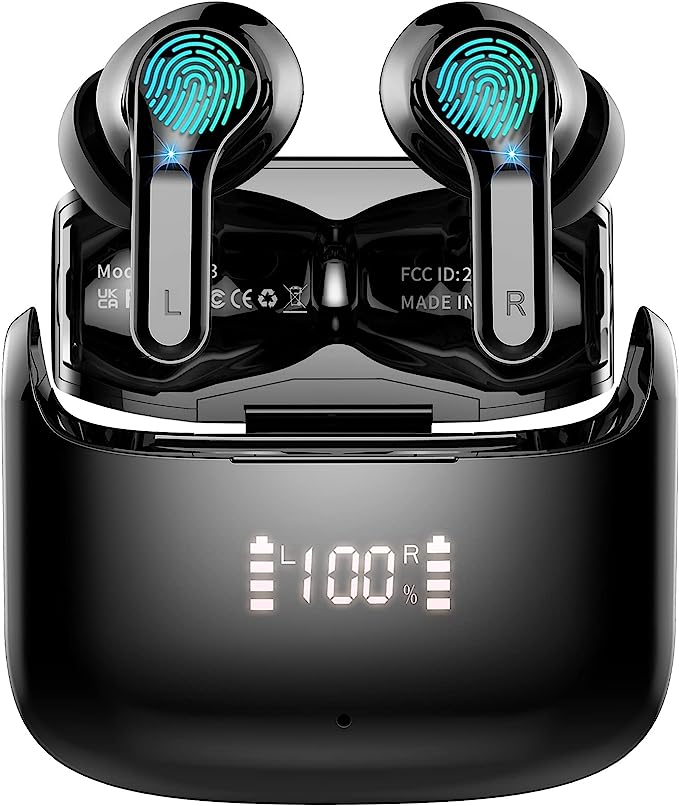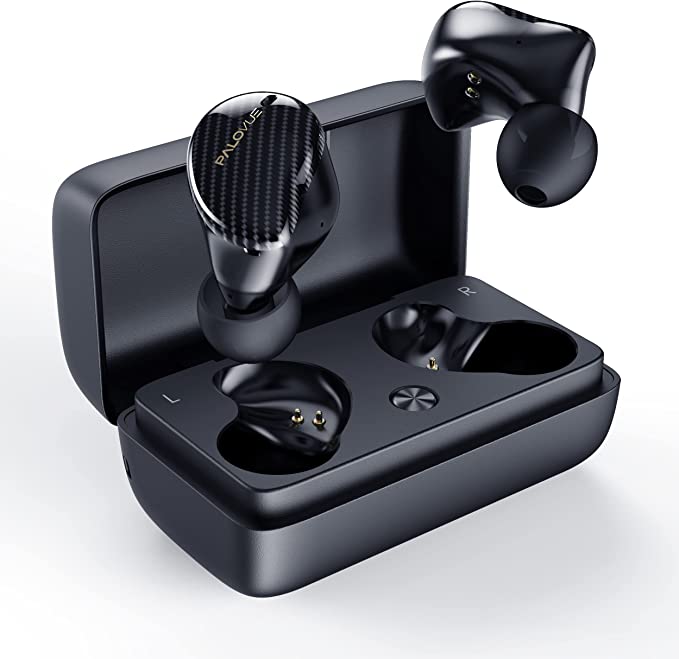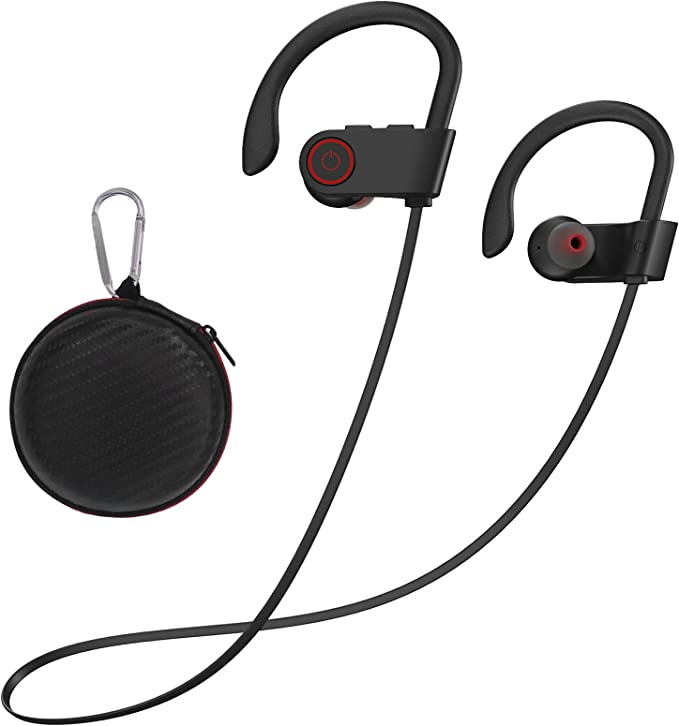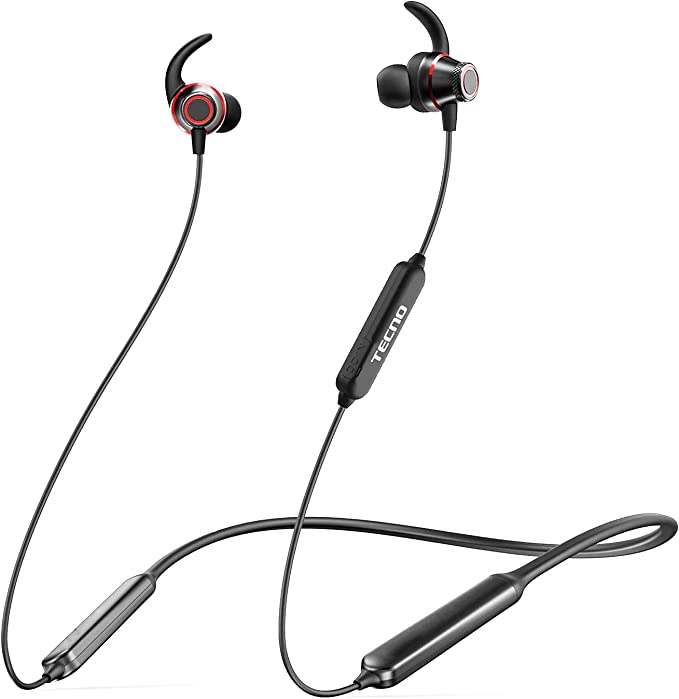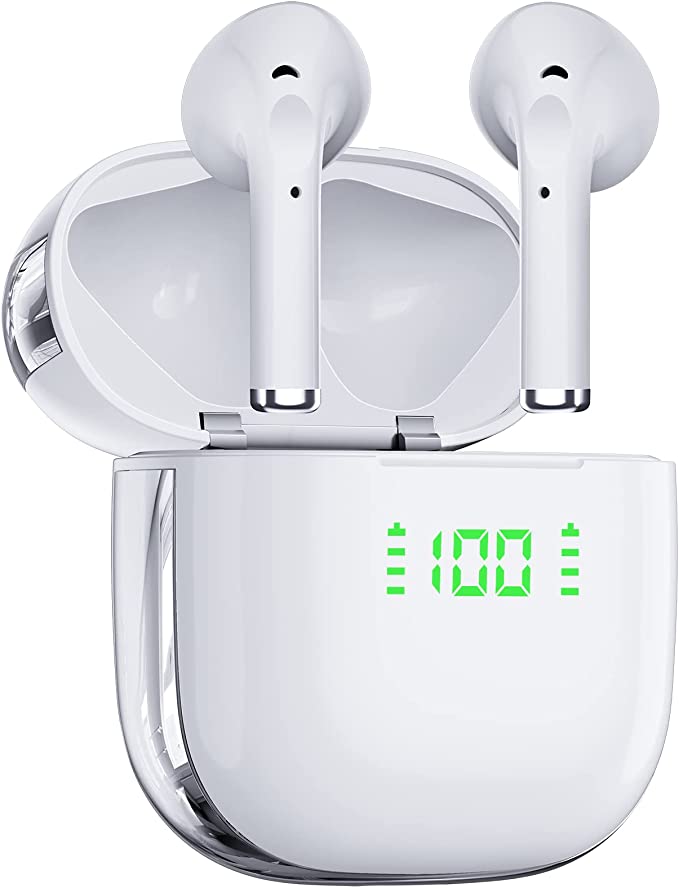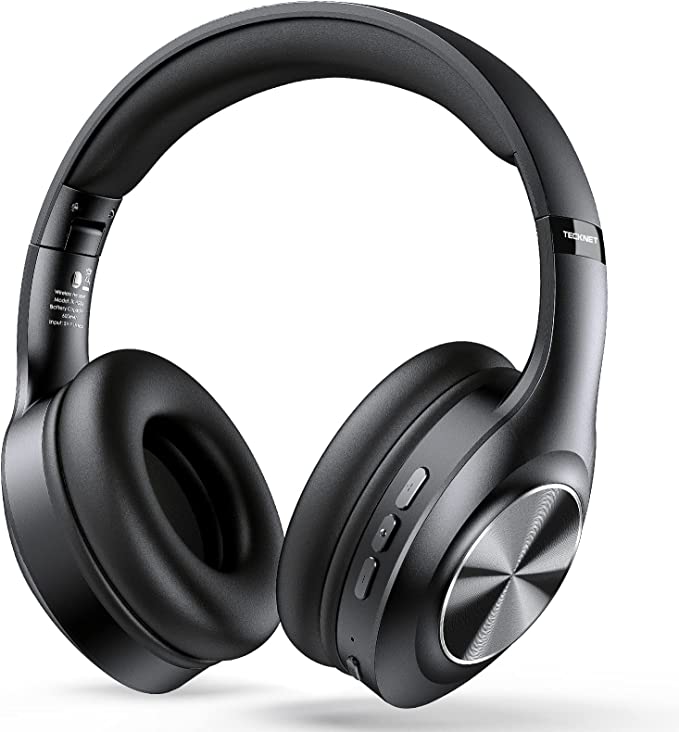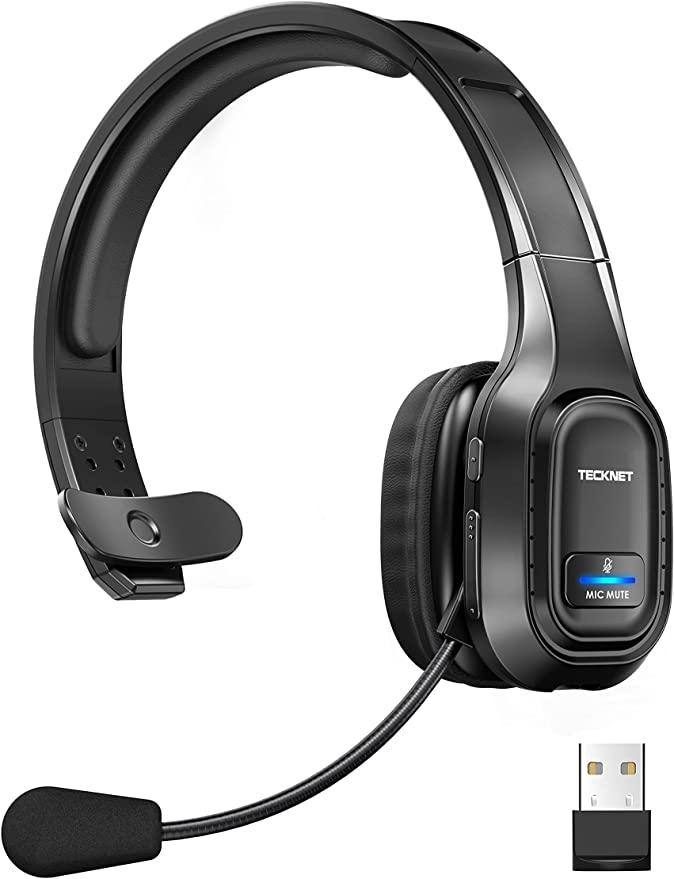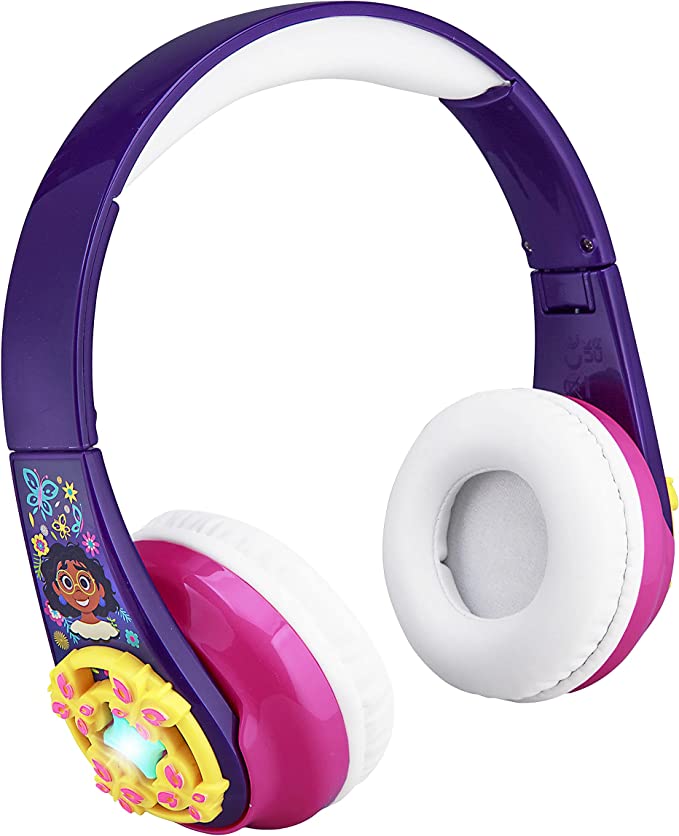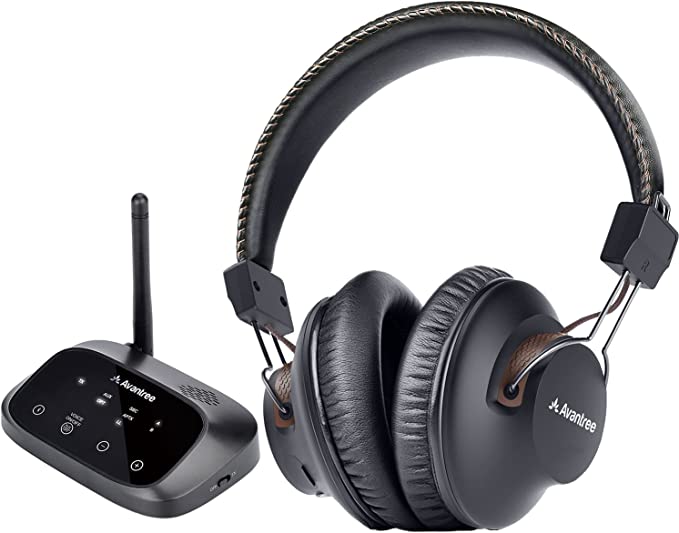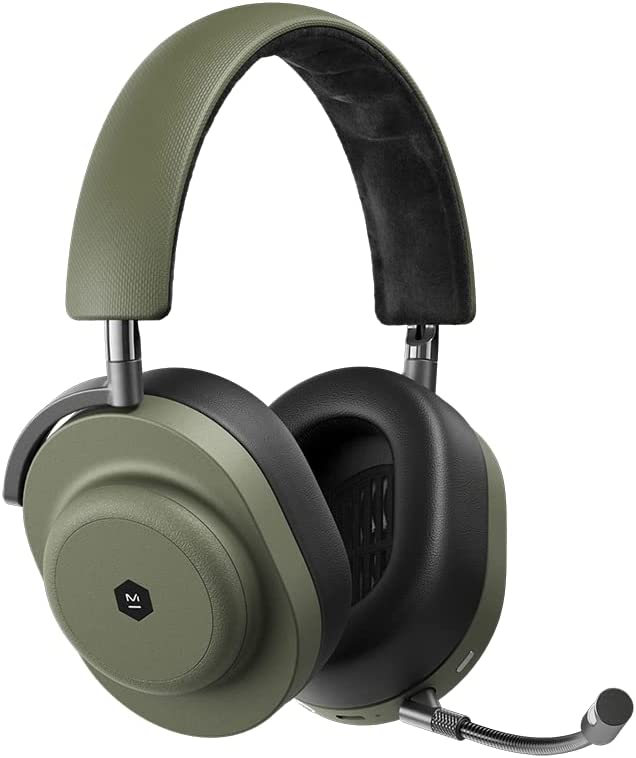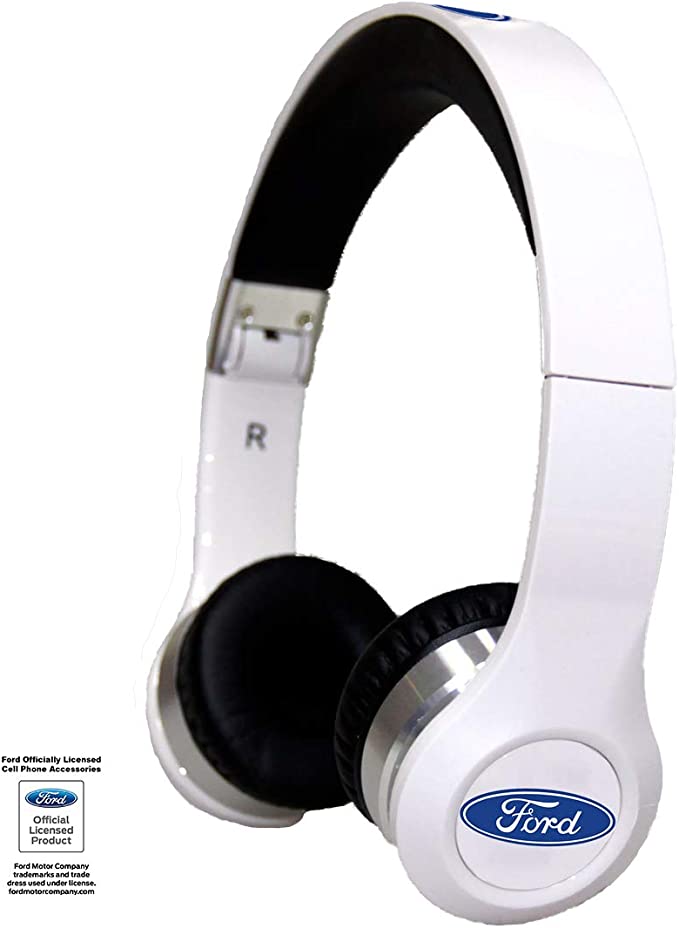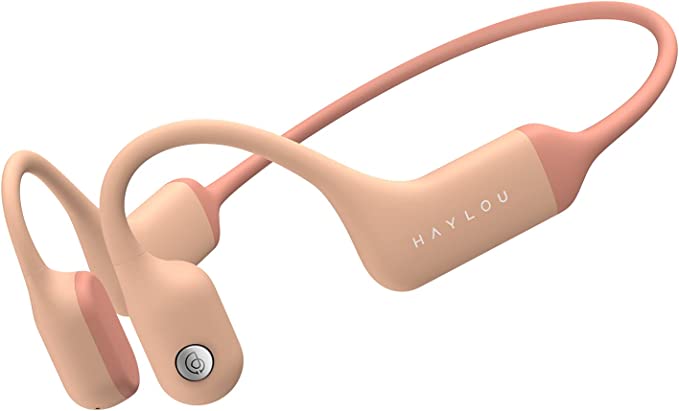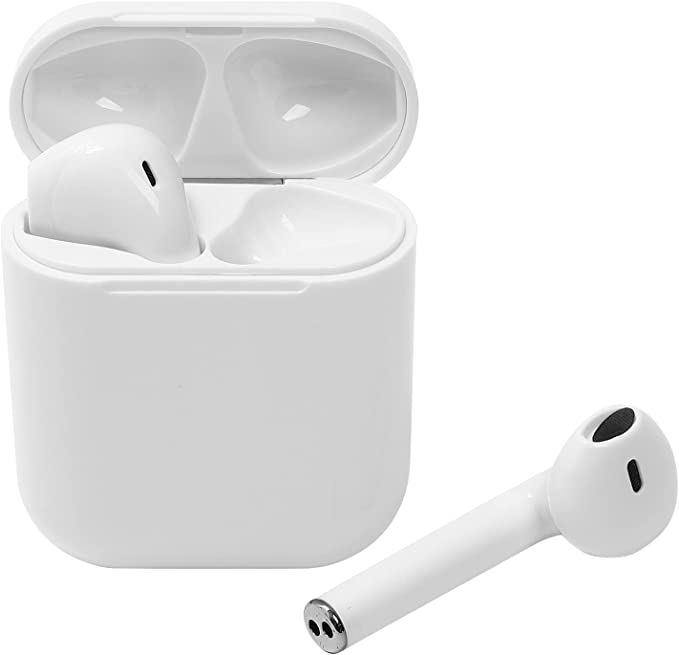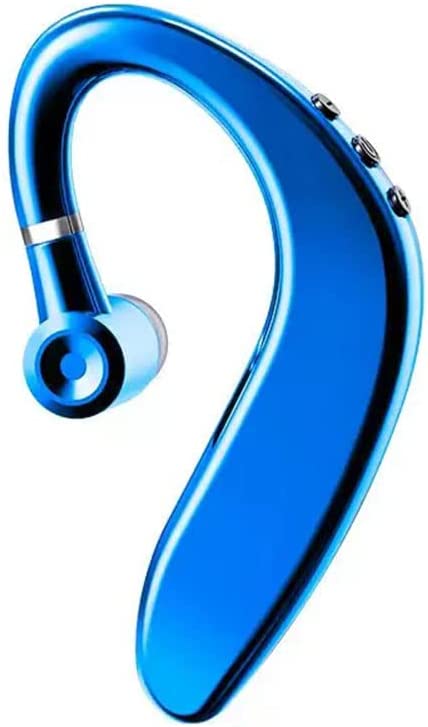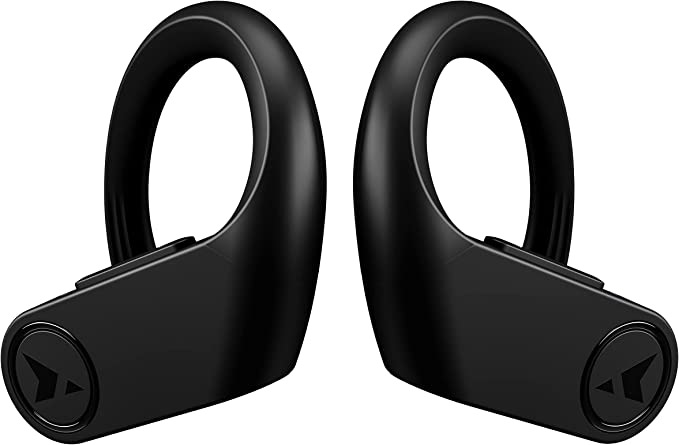JBL Reflect Contour 2 In-Depth: The Science Behind Secure Fit Sport Headphones
Update on May 29, 2025, 6:10 p.m.
The scene is almost a ritual for countless fitness enthusiasts: a carefully curated playlist, a surge of anticipatory energy, and the crucial act of placing earbuds, ready to transform a mundane workout into an immersive experience. Yet, this ritual often comes with its own set of unsung frustrations—the rogue earbud dislodging mid-sprint, the nagging discomfort during a long run, or the sputtering Bluetooth connection shattering your focus. The quest for the perfect audio companion in our active lives is a testament to how deeply intertwined music and movement have become.
Today, we’re not just looking at another pair of sport headphones. We’re using the JBL Reflect Contour 2 Wireless Sport in-Ear Headphones, a product first available in February 2018 according to its listing, as a lens. Our goal? To uncover the fascinating interplay of biomechanics, acoustics, materials science, and wireless technology that underpins the engineering of audio gear designed to keep pace with our most dynamic moments. What scientific considerations and compromises are baked into such a device? Let’s delve deeper.
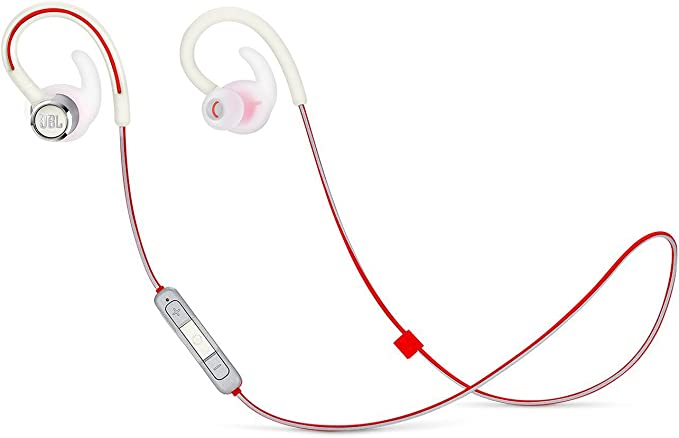
The Tenacity of Sound: Engineering a Fit That Endures Movement
For any athlete, from the weekend warrior to the seasoned pro, an earphone that won’t stay put is more than an annoyance; it’s a barrier to flow, a disruption to performance. The challenge of keeping a small object anchored in the ear during vigorous, multi-directional movement is a significant engineering hurdle.
The Ear’s Embrace: Understanding a Landscape Built for Anchoring
Before we scrutinize any specific technology, let’s appreciate the marvel that is the human outer ear. It’s not a simple cavity. Structures like the concha (the bowl-shaped depression), the antihelix (the prominent curved ridge inside the ear’s rim), and even the tragus (that small cartilage nubbins at the front) are not random formations. From an engineering perspective, they are a landscape of potential anchor points, contours, and ledges. When you run, jump, or twist, your head generates a complex array of forces—gravity, inertia, vibrations. A well-designed earphone doesn’t just fight these forces; it intelligently enlists the ear’s own anatómy in resisting them. The goal is to achieve stability not through sheer force, which would cause discomfort, but through a clever distribution of contact points and a mechanical understanding of how the ear itself can “hold” an object.
Decoding “Dual Lock”: More Than Just a Snug Fit
The JBL Reflect Contour 2 is described with “Dual Lock technology.” While the provided information doesn’t offer a detailed engineering schematic, we can infer its design intent by combining this name with common ergonomic principles for sport headphones. The “dual” aspect likely refers to two distinct mechanisms working in concert.
The first is often an over-ear hook. Picture this as a flexible arm that extends from the earbud, looping gracefully over the top and behind your ear. This isn’t just for show. Scientifically, it acts like a cantilever, providing a primary point of stability and distributing the earphone’s weight (however minimal) over a larger area. It counters the downward pull of gravity and the jarring forces of impact, much like the arms of eyeglasses.
The second component of such a “dual” system typically involves the in-ear contouring of the earbud itself. This is where the design interacts intimately with the concha and other inner structures. It’s not merely about being “in-ear”; it’s about the shape of the housing and the ear tip (often made of pliable silicone) being ergonomically sculpted to nestle into these natural hollows. Some designs encourage a slight twist upon insertion, effectively “locking” the earbud against the cartilage ridges. This creates rotational stability, preventing the earbud from wiggling loose due to head turns or vibrations.
Imagine a high-intensity interval training (HIIT) session: burpees, box jumps, mountain climbers. The constant, explosive changes in direction and elevation are prime conditions for an ill-fitting earbud to surrender. A system like Dual Lock, by combining over-ear support with an intra-concha hold, aims to create a synergy where each mechanism shores up the other, dramatically increasing the threshold for dislodgement.
Beyond Staying Put: The Ergonomics of Enduring Comfort
Stability, however, is only half the equation. An earphone that stays in like a vise grip but causes pain after ten minutes is equally useless. This brings us to ergonomics and material science. The product listing for the JBL Reflect Contour 2 states an “Item Weight” of a mere 0.01 ounces. This figure is extraordinarily light, almost certainly an error in the listing or referring to a minuscule component, as typical wireless earbuds individually weigh a few grams (a single gram is about 0.035 ounces). For context, a pair of truly lightweight sport earbuds might weigh around 15-30 grams in total.
Regardless of the precise figure, minimizing mass is crucial. The less an earphone weighs, the less inertial force it generates during movement, and the less pressure it exerts on the contact points within the ear. This directly translates to comfort during extended wear.
The materials used are equally vital. Soft, medical-grade silicone is a common choice for ear tips and stabilizing fins or hooks. Why silicone? It’s biocompatible (reducing the risk of skin irritation), flexible enough to conform to the unique shape of an individual’s ear, and offers a good friction coefficient to help with grip without being abrasive. The goal is a secure seal that feels almost like a natural extension of the ear, rather than a foreign object lodged within it.
The Athlete’s Soundscape: Crafting Audio That Motivates and Protects
Once an earphone is securely and comfortably in place, its primary function comes to the fore: delivering sound. But audio for athletes isn’t the same as audio for critical listening in a quiet room. It serves a different master.
The Rhythm and The Roar: What Do We Really Need from Workout Audio?
The power of music to enhance athletic performance is well-documented. This isn’t just anecdotal; it’s rooted in psychoacoustics. An upbeat tempo can synchronize with and drive physical cadence. A strong bassline can evoke feelings of power and energy. Clear vocals or instrumental leads can provide a focal point, helping to distract from the perception of fatigue or discomfort. Essentially, music can act as a legal, healthy performance enhancer by modulating mood, arousal, and perceived exertion.
However, the athletic environment is rarely a quiet sanctuary. There’s the thud of your own feet, the rhythm of your breathing, the clank of weights in a gym, or the rush of wind outdoors. This presents a challenge: how to deliver motivating sound that cuts through this self-generated and environmental “roar” without demanding dangerously high volume levels? Furthermore, complete auditory isolation, while perhaps desirable for immersive music listening, can be a significant safety hazard for outdoor athletes who need to hear traffic, cyclists, or other warnings. This necessitates a delicate balancing act in acoustic design: enough passive noise isolation from a good in-ear seal to make the music clear and impactful at moderate volumes, but not so much that it renders the wearer oblivious to their surroundings. Some advanced headphones employ “transparency” modes, using external microphones to actively feed in environmental sounds, though this is not a stated feature of the Reflect Contour 2 based on the provided data.
JBL’s Sonic Signature in a Sporting Context
JBL has a long and storied history in professional and consumer audio, known for a “sound signature” that often (though not universally) emphasizes a robust bass response and an energetic presentation. In a sporting context, such a tuning philosophy could be advantageous. A well-defined, punchy bass can provide that rhythmic drive, while clarity in the midrange and treble ensures that vocals and instrumental details aren’t lost, keeping the music engaging. The challenge for engineers is to achieve this in the tiny acoustic chamber of an in-ear headphone, with miniature drivers, while also considering the unique acoustic load presented by the ear canal itself. The goal isn’t necessarily ruler-flat audiophile neutrality, but rather an engaging, motivating sound that complements the physical exertion. User reviews for the Reflect Contour 2, as noted in the provided text, include descriptions like “clean and deep” and “awesome sound,” suggesting that for some, this balance was achieved, while others found it lacking in volume.
Hearing Health on the Move: A Gentle Reminder
While we seek motivation from our music, it’s crucial to remember the importance of hearing health. The World Health Organization (WHO) and other audiological bodies have issued clear warnings about the risks of noise-induced hearing loss (NIHL) from prolonged exposure to loud sounds. In-ear headphones, by their very nature, deliver sound directly into the ear canal, which can make it easier to reach damaging sound pressure levels (SPL) without realizing it. A good rule of thumb is to keep the volume at a level where you can still hear someone speaking to you at a normal conversational volume, and to take regular listening breaks, especially during long workouts.
The Wireless Dance: Navigating the Nuances of Bluetooth in Motion
The advent of Bluetooth technology revolutionized personal audio, particularly for active use, by severing the often-annoying tether of wires. The JBL Reflect Contour 2, true to its era and purpose, utilizes Bluetooth for connectivity.
Untethered, But Not Uncomplicated: The Science of Bluetooth
Bluetooth is a short-range wireless technology standard for exchanging data over short distances using UHF radio waves in the ISM bands, from 2.400 to 2.485 GHz. It employs a technique called frequency-hopping spread spectrum (FHSS), where the signal rapidly hops between multiple frequencies within this band to reduce interference and improve security. Data is transmitted in small bursts called packets.
For a product released in early 2018, it would likely have incorporated a Bluetooth version prevalent at that time, perhaps Bluetooth 4.1 or 4.2. These versions offered improvements in data transfer and power efficiency over their predecessors. However, the 2.4 GHz band is a busy place. It’s also used by Wi-Fi routers, microwave ovens, some cordless phones, and a plethora of other Bluetooth devices, creating a veritable “electromagnetic soup.”
The Interference Gauntlet: Why Connections Sometimes Falter
This crowded spectrum is one reason why Bluetooth connections, despite their convenience, can sometimes be fickle. Interference from other devices can cause dropouts, stuttering, or a reduction in audio quality. Physical obstructions also play a significant role. Bluetooth signals, particularly at 2.4 GHz, are readily absorbed by water—and the human body is predominantly water. If you carry your phone in a pocket on one side of your body, and the primary Bluetooth antenna in your headphones is on the opposite side, your own body can act as a significant attenuator, weakening the signal. This is why some athletes prefer armbands for their phones, keeping the device higher and often with a clearer “line of sight” to the headphones.
Furthermore, the antenna design within the compact shell of an earbud is a critical engineering challenge. It needs to be small, efficient, and positioned to radiate and receive signals effectively, regardless of head movement or proximity to the body. As the provided user feedback for the JBL Reflect Contour 2 indicates, real-world connectivity can be variable, with some users reporting issues with specific phone models (Pixel 4a, some Samsung devices) while finding success with others (iPhone, Pixel 7). This highlights the complex interplay between the transmitting device, the receiving device, their respective Bluetooth chipsets and software stacks, and the radio environment.
Tips from the Tech Trenches: Optimizing Your Wireless Experience (General Advice)
While some connectivity issues are inherent to the technology and environment, users can often take steps to improve their wireless experience with any Bluetooth headphones:
- Keep devices updated: Manufacturers frequently release firmware updates for headphones and software updates for phones that can improve Bluetooth performance and compatibility.
- Minimize interference: If possible, move away from known sources of 2.4 GHz interference.
- Maintain proximity: Keep your audio source (phone, music player) as close to your headphones as practical.
- Clear pairings: If experiencing persistent issues, try “forgetting” the headphones in your phone’s Bluetooth settings and re-pairing them.
- Check for obstructions: Ensure no dense materials are blocking the path between your phone and headphones.
Forged in Sweat: The Pursuit of Durability in Sport Headphones
An active lifestyle is demanding, not just on the body, but also on the gear we use. Sport headphones, in particular, face a hostile environment.
The Athlete’s Crucible: Sweat, Strain, and the Elements
The primary adversary is sweat. Human sweat is not just water; it’s a saline solution containing various salts (like sodium chloride) and other organic compounds, making it mildly corrosive and, importantly, conductive. If sweat ingresses into the sensitive electronics of an earphone, it can cause short circuits, corrosion of metallic components, and eventual failure. Beyond sweat, there’s the physical strain of being repeatedly inserted and removed, stuffed into gym bags, and occasionally dropped. If used outdoors, they might also encounter rain or dust.
The term “sweatproof” is often used in marketing, but it lacks a standardized definition like the Ingress Protection (IP) ratings (e.g., IPX4, IPX7) defined by the IEC 60529 standard. An IPX rating provides a clear measure of protection against water ingress. For example, IPX4 indicates protection against splashing water from any direction, while IPX7 signifies the ability to be submerged in up to 1 meter of water for 30 minutes. The product information for the JBL Reflect Contour 2, as provided, does not specify an IPX rating, making it difficult to ascertain its precise level of moisture resistance beyond a general claim of being for “sport.”
Material Resilience: Choosing a Shield Against Wear and Tear
The choice of materials is paramount in fending off this onslaught. Housings are typically made from durable polymers like ABS (Acrylonitrile Butadiene Styrene) or polycarbonate, chosen for their impact resistance and ability to be molded into complex shapes with tight tolerances. Silicone, as mentioned for ear tips, is also used for seals and gaskets to prevent moisture ingress. Cables, if present (like the one connecting the two earbuds in the Contour 2’s design), need to be flexible, resistant to tangling, and able to withstand repeated bending and pulling. TPE (Thermoplastic Elastomer) is a common jacketing material for its balance of flexibility and durability.
Design engineers also employ various strategies to enhance durability, such as minimizing seams and openings where moisture could enter, using protective coatings on internal circuitry (conformal coatings), and designing robust charging ports, which are often a point of vulnerability.
The Lifespan of a Sport Headphone: Expectations vs. Reality
Despite best efforts in design and material selection, the intensive use and harsh environment inevitably take a toll on any electronic device, especially one as compact and exposed as a sport headphone. Lithium-ion batteries, like the one mentioned for the Reflect Contour 2, have a finite number of charge cycles. Physical wear and tear accumulate. It’s a reality that even well-made sport headphones are often consumable items over a multi-year timeframe of heavy use, though careful handling and cleaning can certainly extend their operational life. One user review did mention their unit “quit working just after the return window closed,” which, while an isolated report in the provided data, reflects a frustration common to consumer electronics.
Command at Your Fingertips: The Ergonomics of Effortless Control
When you’re mid-workout, fumbling with tiny, unresponsive controls on your headphones is the last thing you want. Ease of control is a key ergonomic consideration.
The Three-Button Standard: Simplicity in a Complex World
The JBL Reflect Contour 2 features a three-button remote, a design pattern that has become a familiar standard in wired and neckband-style wireless headphones. This typically consists of a central multi-function button (for play/pause, call answer/end, and sometimes voice assistant activation) flanked by volume up/down buttons, which may also double as track skip controls with a long press.
Why does this seemingly simple interface persist in an age of touch controls and voice assistants? One word: tactility. During vigorous activity, when your hands might be sweaty or you’re focused on your movement, the physical click and distinct shape of buttons provide unambiguous feedback. You can often operate them by feel (“blind operation”) without looking, which is crucial for maintaining focus and safety. Human factors engineering plays a role here: the size of the buttons, the spacing between them, and the actuation force (the “click-feel”) are all carefully considered to balance ease of use with prevention of accidental presses. Compared to sometimes finicky touch controls that can be triggered by sweat or an errant brush, physical buttons often offer a more reliable, if less sleek, interaction method in dynamic environments.
Beyond Music: The Microphone’s Role in Staying Connected
The inclusion of a microphone, transforming the headphones into a headset, is another layer of convenience. For those who need to stay reachable during a run or gym session, the ability to take calls hands-free is invaluable. The engineering challenge here lies in clear voice pickup. The microphone needs to be positioned effectively to capture the user’s voice while minimizing the pickup of ambient noise (wind, gym sounds, traffic) and noise generated by the cable ಅಥವಾ a rubbing against clothing. Advanced headsets employ noise-canceling microphone technologies (like cVc - Clear Voice Capture) and multiple microphones to better isolate voice, though the specifics of the Reflect Contour 2’s microphone capabilities are not detailed in the provided information.
Concluding Thoughts: The Enduring Dialogue Between Technology and Human Endeavor
Dissecting a product like the JBL Reflect Contour 2, even with the limited data available from its 2018 listing, offers a window into the complex engineering and design considerations that go into creating technology meant to enhance our active lives. From the biomechanics of a secure fit that defies motion, to the psychoacoustics of motivating sound, the physics of wireless transmission, the chemistry of material durability, and the ergonomics of intuitive control, it’s a multidisciplinary endeavor.
What emerges is a picture of constant iteration and compromise. Engineers strive to balance often-competing demands: stability versus comfort, immersion versus awareness, feature richness versus battery life and cost. The Reflect Contour 2, with its Dual Lock system and sport-focused design, clearly aimed to solve the persistent problem of earbud security for athletes. The mixed user feedback on aspects like Bluetooth connectivity underscores the inherent challenges of wireless technology in diverse and dynamic environments, especially in earlier iterations of the tech.
Ultimately, understanding the science behind the features empowers us as consumers. It allows us to look beyond marketing claims and appreciate the ingenuity (and the limitations) inherent in the devices we integrate so seamlessly into our pursuit of health, fitness, and the simple, profound joy of movement set to music. As technology continues its relentless march, the dialogue between its capabilities and the nuances of human endeavor will only grow richer and more fascinating.

